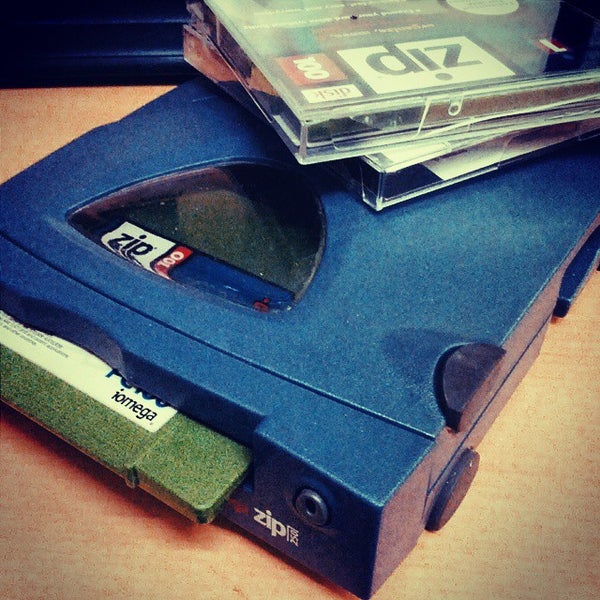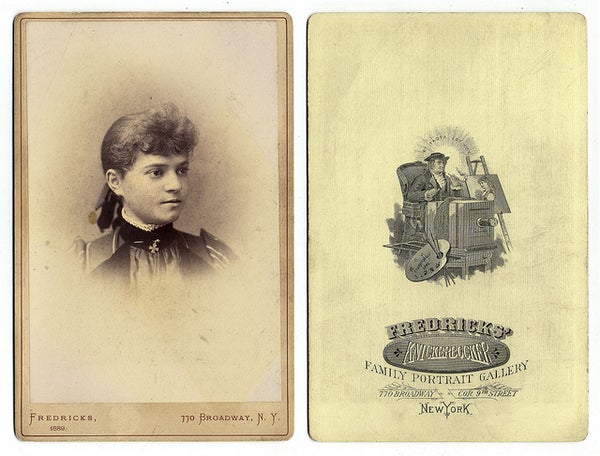Forgot Password?
Please enter your email address to receive a link for resetting your password.
Thank You
You will receive an email with further instructions. Please contact customer support if you need any further assistance.
Please verify your email address
A verification link has been sent to your email to activate your account. The link will be valid for 1 hour.
Please check the spam inbox if you can't find the email. If you still can't find it, we can resend it.
A verification link has been sent to your email 00:00


martinak15/flickr
Millennials are turning away from physical media and replacing it with mountains of raw data on their various devices, discs, and cloud servers. But is this really a viable long-term solution?
The web has always offered us plenty of ways to get the things we want, but with the advent of cloud technology, it’s also becoming the place where we store the things we already have.
Along with our music libraries and important documents, we’ve begun to save our photos in the cloud through online services like Google Drive and Facebook. And while we might discuss our concerns about privacy, we rarely question how reliably these servers can actually do the job.
And we may all be far too familiar with this technology, but the fact is that it’s still relatively young. How long will Instagram actually be around to hold onto our photos? If and when these services do disappear, will they take our memories with them? And where does the traditional photo album stand in all of this?
For the last 150 years or so, people have documented their lives on paper or other physical materials, curating their photographs to make scrapbooks and albums. Each family member served as an ancestral historian of sorts and stored the memories they felt were key in something physical. The result was a compendium that reflected not only a person’s life and heritage, but their taste, values, and of course, their organization skills.
Newer generations have not lost that instinctive desire to capture moments in our lives, but their purpose in doing so has become more immediate. We more often take photos to enjoy and share them in the present than we do to preserve the past, and that impulse results in photo collections that are decidedly more cluttered.
Rather than being stored safely in a shoebox under the bed, our pictures are strewn throughout albums on social media and our delicate smartphones, if they don’t immediately disappear altogether on services like Snapchat.

Dmitry Grigoriev/flickr
In the same way that a cluttered box of photos or the cellophane-laden pages of an album can be cumbersome, electronic storage can be just as frustrating to the family archivist. Sifting through endless online albums and folders is no quick task.
What’s more, storage devices are always failing to keep up with advances in personal technology, and each generation of technology seems to have a shorter shelf-life than the last. Does anyone remember floppy discs? Most computers no longer recognize them, rendering all of the important memories they contained lost forever.
There are several complications that can arise from relying solely on internet storage. For instance, unless you explicitly save your photos with easy-to-organize file names, identifying your treasured pictures in a seemingly endless list of default image titles can end up feeling like finding a needle in a haystack.
Over time, image files can also become corrupted and degraded, and if the device or computer that houses them breaks, it can result in a devastating loss of invaluable memories. What’s more, you can never truly protect the privacy of your images from the insidious threat of data theft.
Our obsession with digital media tends to discourage serious thought about how long these entertaining apps and networks will last, but to the archivist, it’s a persistent anxiety. Perhaps more people will turn to photography, as they lose interest in social sharing and grow concerned with documenting their history. Still, photographs can be difficult to store and organize in a way that’s accessible to both current and future generations.

William Creswell/flickr
The options provided by Printique offer these historians a solution for just this problem. Their Hudson albums and photo books are printed on beautiful photo paper that’s built to last. Moreover, your ability to customize and curate the printed photos mixes the care of past methods with all the vividness of today’s technology.
The high-quality and extremely durable Hudson Album provides both a beautiful and a dependable way to store your memories so that they can be enjoyed for generations. While none of us can be sure where Facebook will be in ten years, a burst of the Silicon Valley bubble won’t affect the memories you’ve stored in a real, high-quality album.